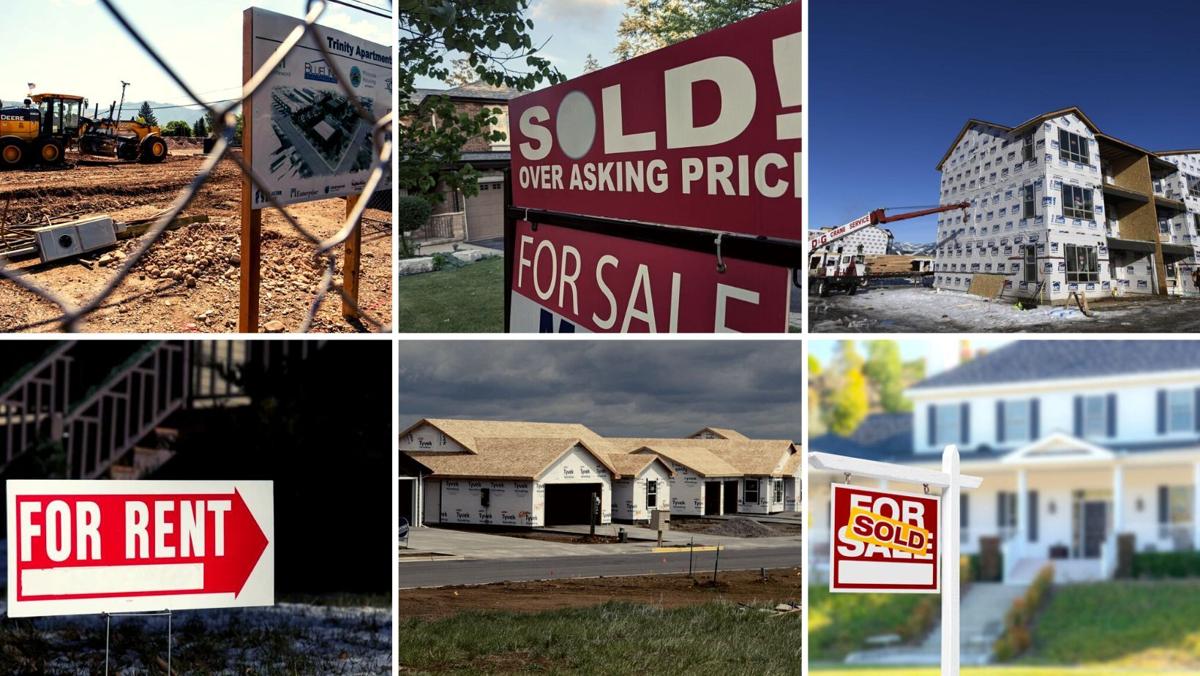ABOUT THIS SERIES: Across the West, costs associated with renting or buying property have skyrocketed, forcing individuals and families to make tough decisions about what home looks like in a volatile market. The median asking price for rent in the U.S. recently exceeded $2,000 for the first time ever, and the cost of buying a home has spiked as much as 25% in some cities in just the past year. These increases have pushed the housing crisis in the West to a breaking point, making the American Dream of stable housing available to fewer and fewer families and individuals. This series, Squeezed Out, observes the current state of the housing market and the challenges it poses for renters and buyers, as well as possible remedies for the issues. More than one dozen reporters, photographers and editors at Lee Enterprises locations across the West contributed to this series.
SQUEEZED OUT:
For Star subscribers: In cities across the West, the average price of buying has spiked 25 percent in the past year, pushing the American dream of home ownership further out of reach.
It's the worst of both worlds: Even as the historic housing-price runup slows, prices remain high and interest rates are getting higher. As a result, middle class home buyers already struggling to find a home they can afford in a place they want to live face an even tougher time.
They're competing against cash-laden investors who don't need mortgages and finding fewer new homes to choose from as homebuilders ease off on new construction.
RENTERS’ PAIN:
For Star subscribers: All over the west, renters are being displaced when their apartments are converted to condos or their mobile home parks are sold to developers looking for land to build on.
High home prices are hurting a group not even looking to buy: renters. Renters in the West are being displaced by apartment complexes going condo, mobile home parks being sold for the land, and rents doubling as landlords find they can attract people who have money but still can't afford houses. Those who stay watch their monthly payments soar as remote workers move in and push up demand, and would-be homebuyers can’t find places they can afford. All this has pushed the median asking price for rent in the U.S. past $2,000 for the first time ever.
SOLUTIONS:
For Star subscribers: Communities seem have three choices: grow wider, grow taller or stop growing.
How to bring down home prices? Sprawl, infill or regulation. Building on the outskirts where land is cheaper allows for cheaper houses, but means scraping open lands and encouraging more gasoline use as homeowners drive farther work. Construction on existing in-town lots allows developers to go up when they can’t go out, but raging NIMBYism often makes that impossible. Affordable housing requirements can create units for renters all over town, but some states expressly forbid them.
FIRST TIME BUYER:
After many failed attempts, here I sit, a young, non-traditional buyer in my very own home.
Rotting floors, standing water and rejected bids left a Montana house hunter frustrated and discouraged. In the short time Amy Lynn Nelson had been daydreaming about becoming a first-time homebuyer in Billings, Montana, the housing market had changed dramatically. Her choices, she felt, ranged from chicken coop to ramshackle hut. But patience and connections helped her learn how to work a challenging housing system — and finally land a small-town bungalow all of her own.
IN THEIR OWN WORDS:
People across the West describe their experiences trying to find a suitable home to rent or buy.
Countless individuals and families across the West are navigating a housing volatile market. In many cities and towns, the cost to rent or own property is climbing. Renters facing significant rate hikes are forced to move elsewhere, and potential buyers are competing with deep-pocketed investors and all-cash offers. Here's what renters and buyers across the West have to say about the market.






